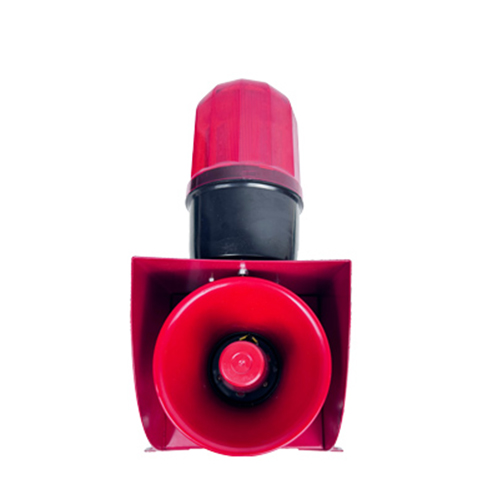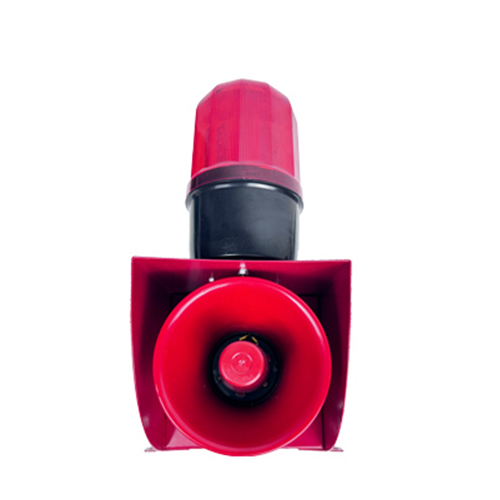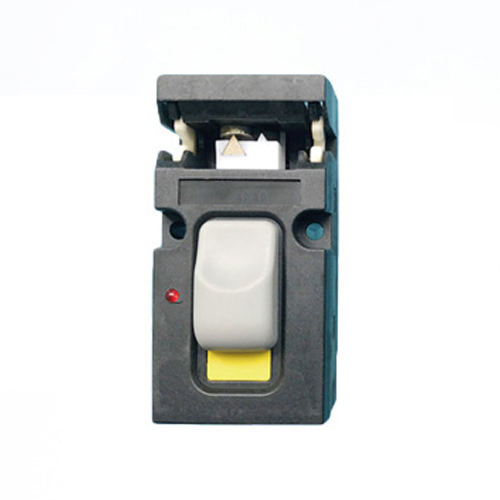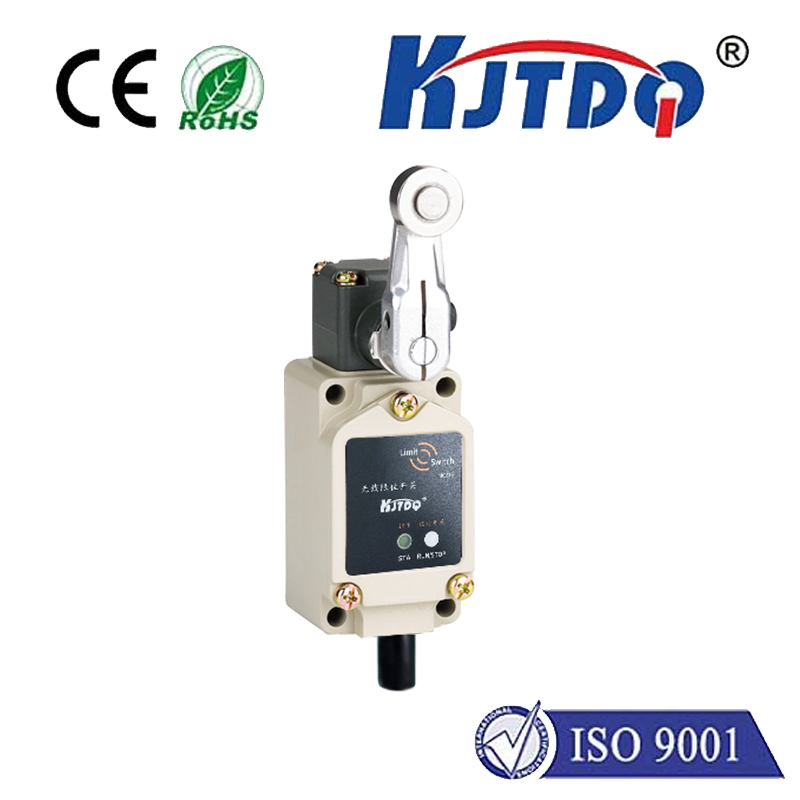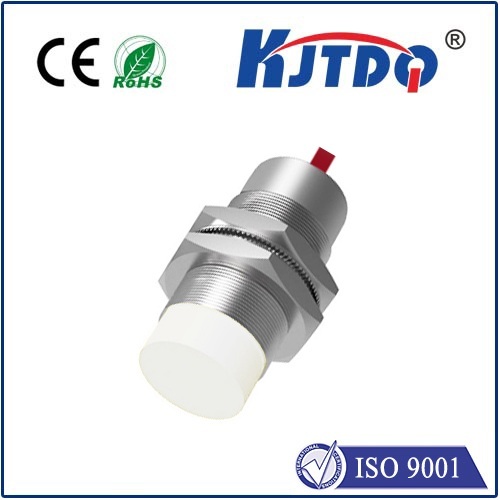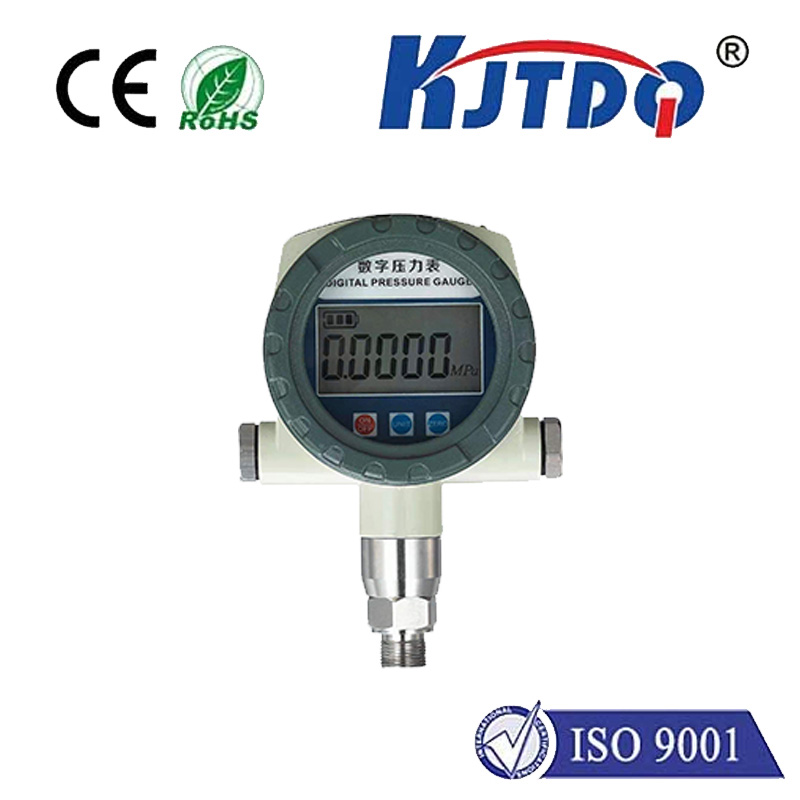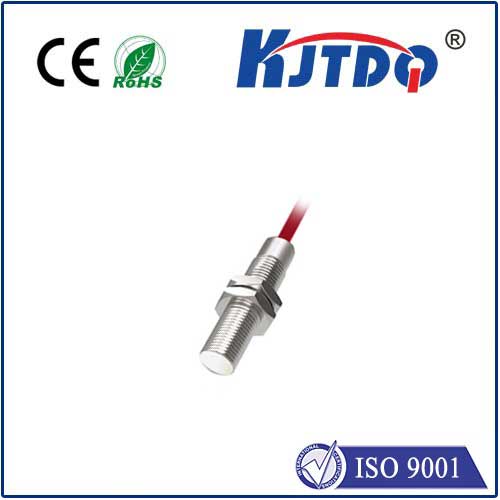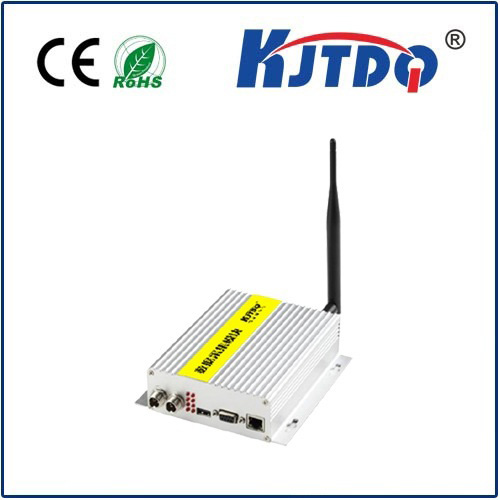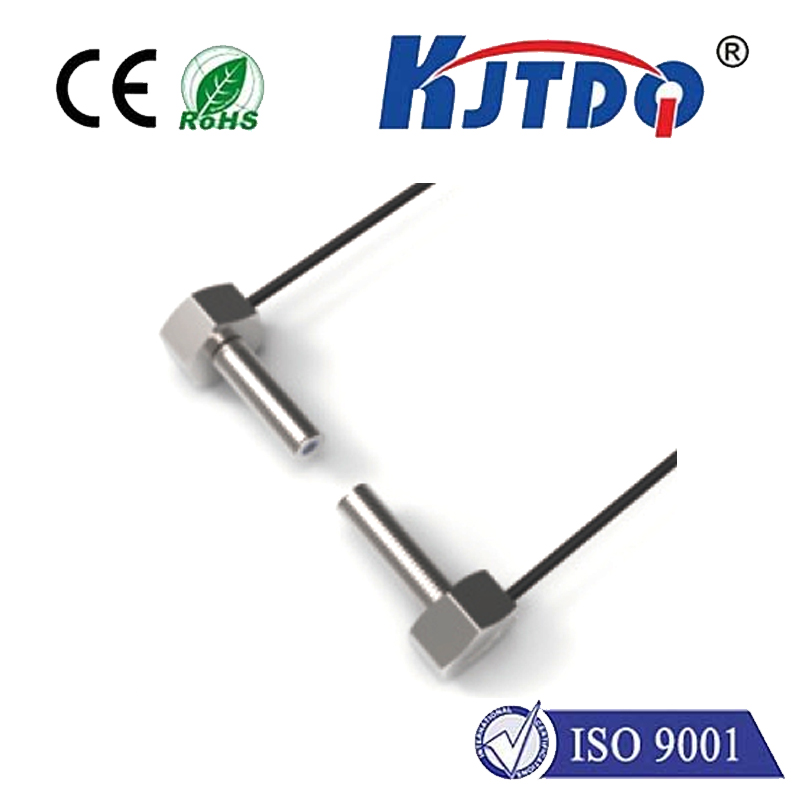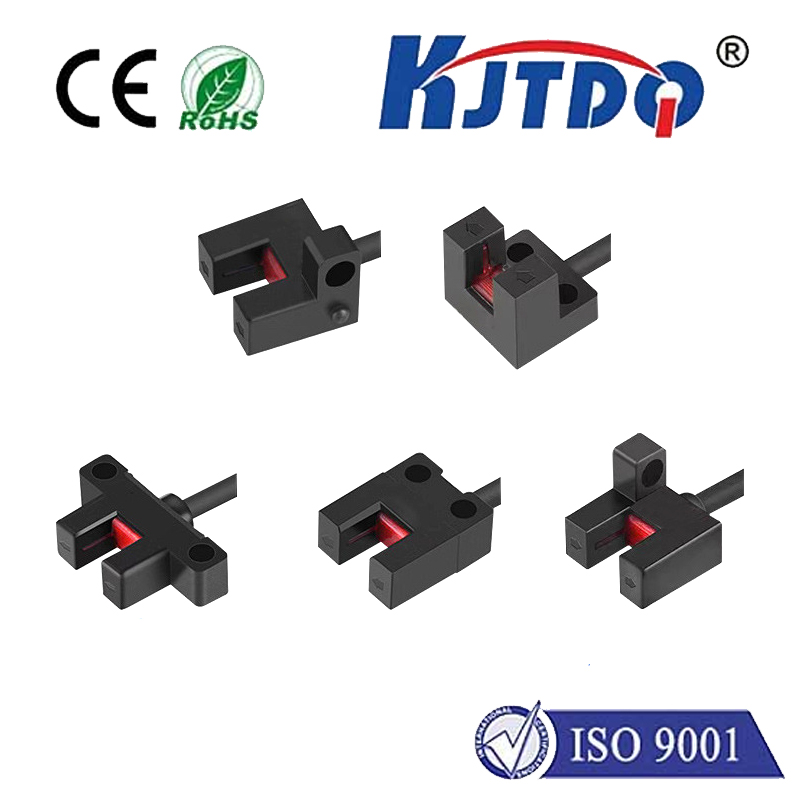Tof10120 Sensor: The Future of Precision Distance Measurement in Modern Technology In an era where smart devices and automation dominate innovation, the ability to measure distance with pinpoint accuracy has become a cornerstone of technological advancement. Enter the Tof10120 sensor—a cutting-edge Time-of-Flight (ToF) solution redefining how industries approach proximity sensing, robotics, and beyond. Whether you’re designing a self-navigating drone or optimizing industrial machinery, understanding this sensor’s capabilities could unlock unprecedented efficiency and precision.
The Tof10120 is a high-performance infrared Time-of-Flight sensor designed to measure distances by calculating the time it takes for light to reflect off an object and return to the sensor. Unlike traditional ultrasonic or LiDAR-based systems, ToF technology offers sub-millimeter accuracy, rapid response times, and minimal interference from ambient conditions. This makes it ideal for applications demanding reliability in dynamic environments. Developed with compact integration in mind, the Tof10120 operates within a range of 10 cm to 120 cm, striking a balance between short-range precision and mid-range versatility. Its low power consumption and small form factor further cement its role in portable electronics, IoT devices, and embedded systems.
At its core, ToF technology relies on a simple principle: distance = (speed of light × time delay) / 2. The sensor emits a modulated infrared signal, which bounces off a target object. A built-in photodetector then captures the reflected light, and an onboard processor calculates the phase shift between the emitted and received signals. This phase difference directly correlates to the distance traveled. What sets the Tof10120 apart is its advanced signal-processing algorithms, which filter out noise from ambient light or overlapping reflections. This ensures consistent accuracy even in challenging conditions like direct sunlight or cluttered spaces.
Robotics and Automation From warehouse robots to robotic arms, the Tof10120 enables real-time obstacle detection and spatial mapping. Its rapid update rate (up to 100 Hz) allows machines to navigate complex environments safely, reducing collision risks and enhancing operational speed.
Потребительская электроника Smartphones, tablets, and AR/VR headsets leverage ToF sensors for features like autofocus enhancement, gesture recognition, and 3D scanning. The Tof10120’s compact design makes it a favorite for integrating immersive user experiences without compromising device size.

Industrial Safety Systems In manufacturing plants, the sensor monitors machinery proximity to human workers, triggering alerts or shutdowns if safety thresholds are breached. Its IP67-rated durability ensures reliability in dusty or humid settings.
Smart Home Devices Robot vacuums, security cameras, and lighting systems use the Tof10120 for room mapping, intruder detection, and adaptive illumination. The sensor’s low latency ensures seamless interaction between devices and their surroundings.
While ultrasonic and LiDAR sensors have their merits, the Tof10120 addresses several limitations:
Точность: Traditional ultrasonic sensors struggle with soft or angled surfaces, while LiDAR systems are costly and bulky. The Tof10120 delivers ±1% accuracy across its entire range.
Speed: With a response time of
Energy Efficiency: Consuming just 3.3V at 50 mA, it’s ideal for battery-powered devices.
Despite its strengths, deploying ToF technology isn’t without hurdles. Ambient light interference, multipath errors (caused by reflections from multiple surfaces), and varying material reflectivity can skew measurements. The Tof10120 tackles these through:
Multi-Pulse Integration: Sending multiple light pulses and averaging results to minimize noise.
Adaptive Exposure Control: Dynamically adjusting signal intensity based on ambient light levels.
Material Calibration: Pre-configured settings for common surfaces like glass, metal, and fabric.
As industries push toward autonomy and AI-driven decision-making, the demand for robust sensing solutions like the Tof10120 will only grow. Future iterations may incorporate machine learning co-processors to enable edge computing, reducing reliance on external controllers. Additionally, advancements in miniaturization could see ToF sensors integrated into wearables or medical devices for applications like fall detection or patient monitoring. In a world increasingly reliant on data accuracy and instant feedback, the Tof10120 sensor stands as a testament to how innovative engineering can bridge the gap between theoretical potential and real-world utility. Whether you’re an engineer, a tech enthusiast, or a business leader, keeping an eye on this technology isn’t just wise—it’s essential.
